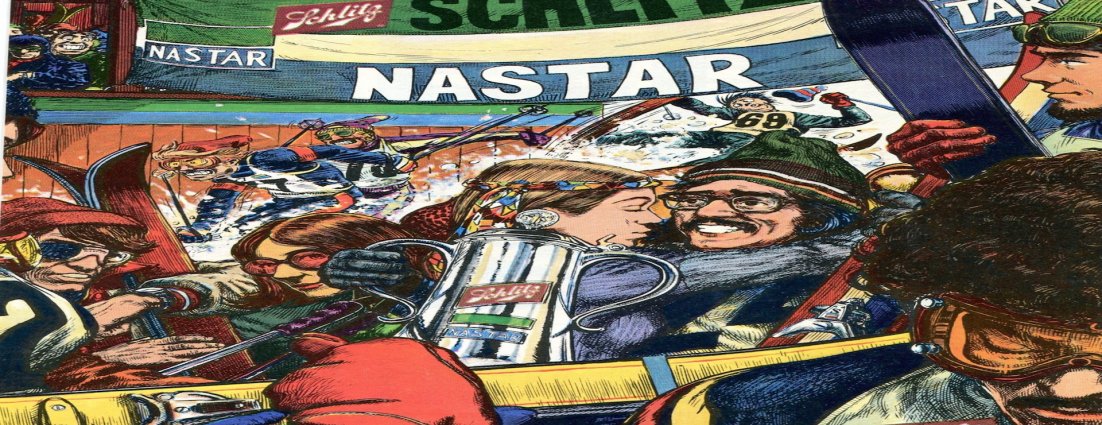HOW NASTAR WAS CONCEIVED BY JOHN FRY SERIES 2
02.14.2018 | John Fry

In October 1967, when I was editor-in-chief of SKI Magazine, I wrote that skiing was virtually a Scoreless Sport. I spent much of the subsequent winter asking race officials and instructors how the equivalent of golf’s handicap could be created for skiers.
One weekend at Mt. Snow in Vermont the ski school director, a French Canadian, told me about France's École de Ski Nationale Chamois program. For certification, an instructor had to perform well enough in the École's annual Challenge, a classic slalom course with hairpins and flushes, to earn a silver medal – that is, be less than 25 percent behind the time recorded by the fastest instructor. Back at his home area, the certified instructor could set the pace for local participants in a Chamois race – a single run slalom. Gold, silver and bronze were awarded according to the percentage the skier’s time lagged behind the pacesetter’s.
It didn’t take long for the dim bulb in my cerebrum to light up: Use time percentages, not raw times, to rate skier performance. And do it, not with a difficult slalom, but rather by offering a simple open-gate setting on intermediate terrain, anticipated by Corcoran. (In 1972, France’s National Ski School -- after three or four years of experimentation --introduced the Fleche, a separate, easier test than Chamois --an open-gated giant slalom similar to a Nastar course.)
Here was an unwitting, unconscious, unintended collaboration between a French program, little known in North America, and an American program that would blossom into something much bigger, imitated in other countries, enabling tens of thousands of recreational skiers to measure their ability, and glimpse into what it might feel like to be racing in the Olympics.
In France a skier participating in Chamois was rated against the local pacesetter’s time which, however, was not corrected to account for the percentage by which the instructor had lagged behind the fastest time when he’d competed against other instructors. Adjusting the local pacesetter's time so there'd be a national standard was a vision I had for Nastar. (Twenty years later, in 1987-88, France adopted the Nastar principle of speeding up the local pacesetter's time to create a single standard for a Chamois rating.)
In my mind, the fastest time should be that of a top racer on the U.S. Ski Team. It would work as follows, I imagined. If pacesetter Klaus at Mount Snow was originally three percent slower than the nation’s fastest racer, and a Mount Snow guest was 20 percent slower than Klaus, then he or she would be about 23 percent slower than America’s fastest skier would have been if he’d skied the Mt. Snow course that day. Presto! The skier would have a 23 handicap. The sport of skiing could enjoy the equivalent of golf’s par! A skier would know that on any slope anywhere, through a couple of dozen gates, on a surface that could be sticky or icy, it didn’t matter, the rating would be valid. If he or she had a 23 Nastar handicap, he was seven percentage points better than someone with a 30 rating.
The possibilities seemed limitless. You could make the results of races around the country equivalent to one another. You could take two equally rated skiers and put them in an exciting head-to-head race. Or you could handicap two unequal racers, delay the start of the better skier, and maximize their chances of reaching the finish line at the same time, making it appear to be an exciting race. You could have a competitive experience on a 300-foot vertical Michigan hill equivalent to one at a Rocky Mountain resort.
What I had in mind was a national standard race. I gave it the acronym Nastar.
(TO BE CONTINUED)